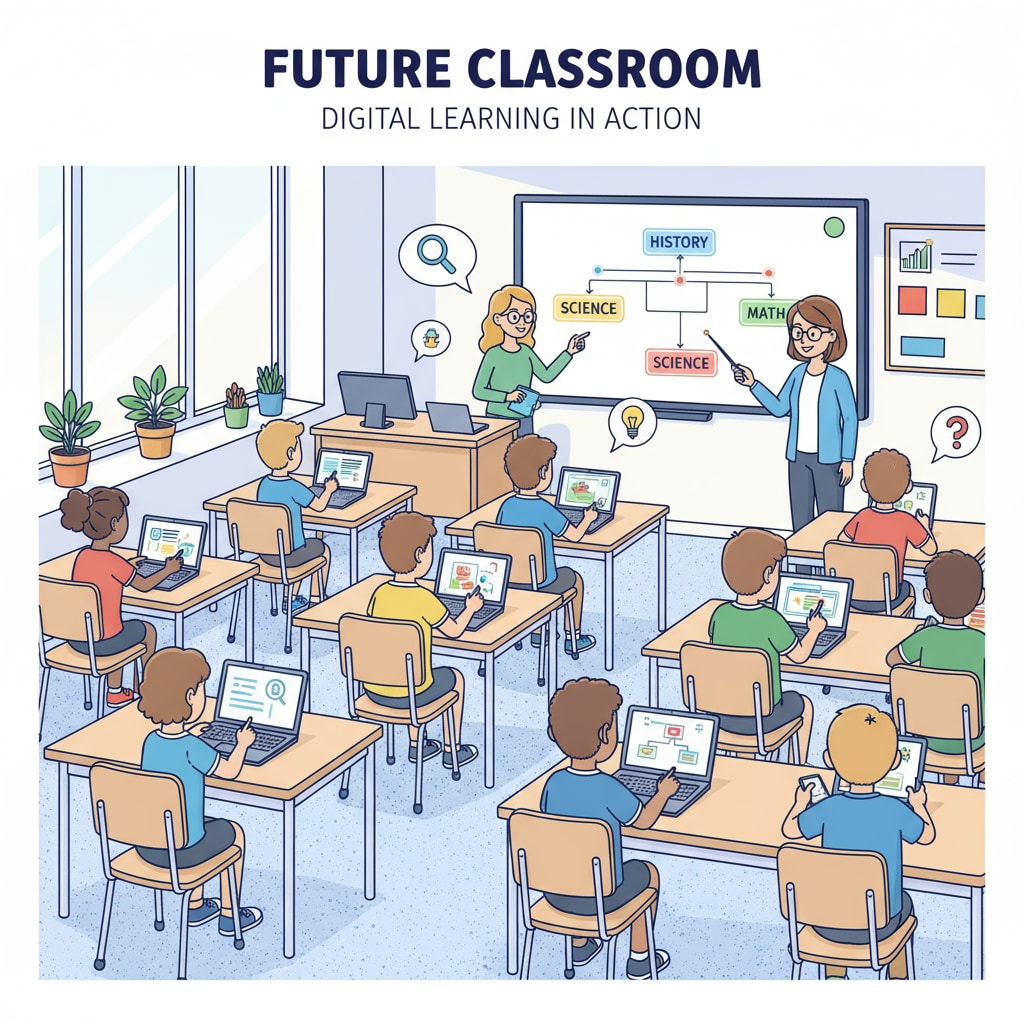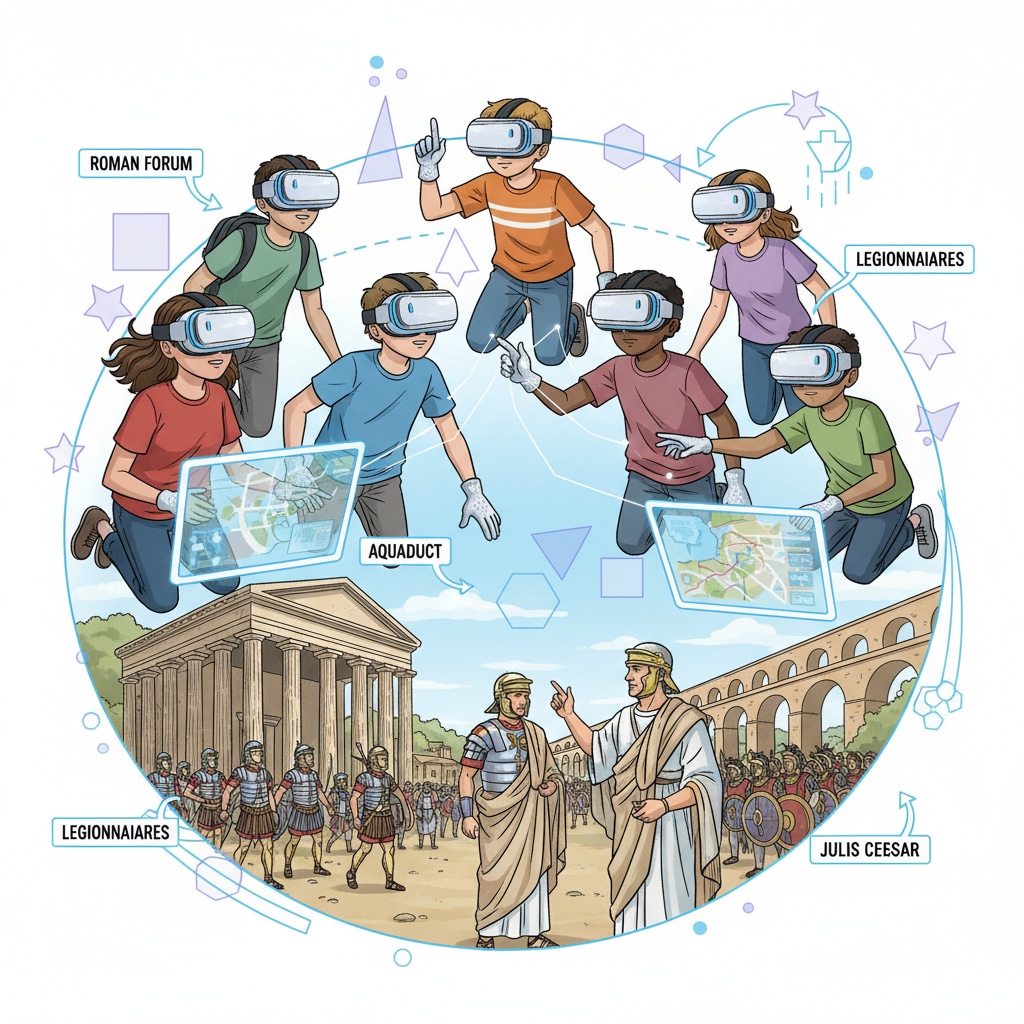In today’s educational landscape, the integration of educational technology, classroom engagement, and learning tools has become crucial. The digital revolution has brought about a significant transformation in the way students learn. Gone are the days when classrooms solely relied on traditional teaching methods. Now, a plethora of innovative tools are available to enhance the learning experience.

The Rise of Interactive Learning Platforms
Interactive learning platforms have emerged as a game-changer in modern education. These platforms offer a wide range of features such as real-time discussions, quizzes, and multimedia content. For example, platforms like Kahoot! allow teachers to create engaging quizzes that students can participate in using their mobile devices. This not only makes learning fun but also encourages active participation. As a result, students are more likely to retain information. According to this resource on interactive learning platforms, these tools are reshaping the classroom dynamics.

The Power of Virtual Reality (VR) in Education
Virtual reality has the potential to transport students to different worlds and scenarios. In a history class, for instance, VR can recreate historical events, allowing students to experience them firsthand. This immersive learning experience enhances comprehension and engagement. A study by EdSurge on VR in education has shown that VR can improve students’ understanding of complex concepts. By using VR headsets, students can explore environments that would otherwise be difficult to access, making learning more memorable.
Another important aspect of modern education is the use of digital textbooks. These textbooks are not only more accessible but also offer interactive elements such as videos, animations, and hyperlinks. They can be easily updated, ensuring that students have access to the latest information. Moreover, digital textbooks can be customized to meet the individual needs of students. This flexibility makes them an invaluable learning tool.
Readability guidance: As we’ve seen, these educational technology tools are making a significant impact on classroom engagement and learning. By incorporating interactive platforms, VR, and digital textbooks, educators can create a more dynamic and effective learning environment. Each tool plays a unique role in enhancing the learning experience, helping students better understand and retain knowledge.


